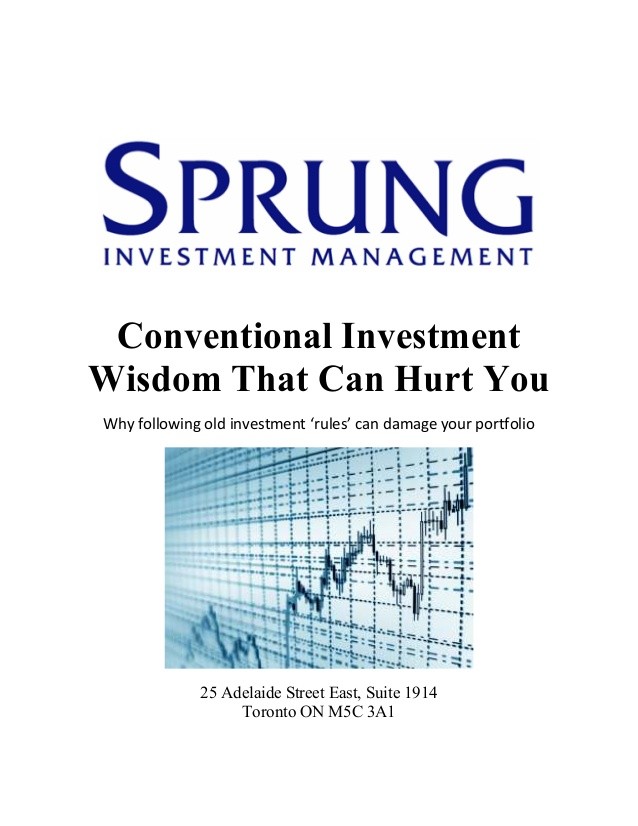AgeBased Investment Strategy Can Hurt You
Post on: 7 Июль, 2015 No Comment

by Retirement Savior on September 10, 2009
Adapted from Source: sxc.hu Photo: wax115
You have heard that you should invest more aggressively when you are young, and become gradually more conservative as you age. Fund companies help with the conventional wisdom by creating target retirement date, or lifecycle funds. These funds shift the asset allocation from almost all stocks for younger workers to mostly bonds for older employee portfolios with target retirement dates like 2015. Another investment rule of thumb for the same idea is to subtract your age from 100, and that should be your percentage allocation to stocks in your portfolio.
The basis for this investment strategy is that bonds are a safe, secure investment during all time frames. For instance, during the period from 1973-2008, bonds returned almost 8% per year, with less than half the volatility of stocks. When you reach retirement age, it is believed that they will provide you with steady growth that, while less than stocks, the returns will keep your portfolio funds from running out.
This asset allocation strategy does not always work
There are some major problems with this belief. The vast majority of workers today have experienced one of the largest bull markets for bonds in history. In 1981, interest rates reached 20% and have gradually decreased ever since until they reached 0% in 2008. Bonds are positively affected by decreases in interest rates, and negatively affected by interest rate increases and inflation. The next 30 years will not be a repeat of the last 30. In fact, I believe that the next generation will see a bond bear market.

What has happened historically during bond bear markets? According to Global Financial Data, from 1940 to 1981, investors in bonds lost money in real terms. While the dollar value of their investments increased, the purchasing power declined. This was caused by rising inflation and interest rates. Another example outside of our own country is Britain. After World War II, high sustained inflation hurt their consols (perpetual war debt securities) to the point where in 1979, their was worth the same amount that they were in 1889!
There is a solution to inflation and rising interest rates, though. If you hold bonds and wish to keep them in your portfolio, reinvest them into funds with shorter maturities. So if you hold long-term bonds to gain extra interest income, in funds like Vanguard Long-Term Investment Grade Bond (VWESX), or in exchange traded funds such as TLT or BLV, you should move your funds to shorter maturities. Shorter maturities are helpful because as interest rates rise, their yields rise more quickly with the market, and their prices are hurt less. Examples of these would be Vanguard Short Term Investment Grade Bond (VFSTX) or the corresponding ETF with the ticker symbol BSV.
Another solution, though more volatile, is to increase your allocation to real assets. For example, commodities and real estate prices rise with inflation. Both generally have a modest correlation to stocks, though all have performed similarly since the beginning of the financial crisis. You can easily add these to your portfolio through ETFs, with the commodity fund DBC, and the real estate fund RWR.
Remember, in these times, you need to take charge of your retirement investing and learn as much as you can about your options. This means always questioning the conventional wisdom, because in the end your portfolio performance is up to you.














